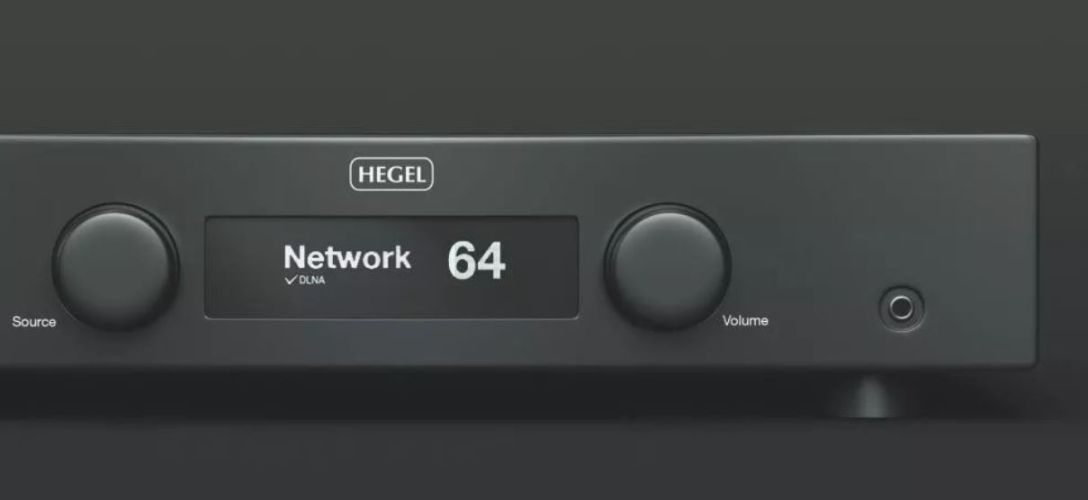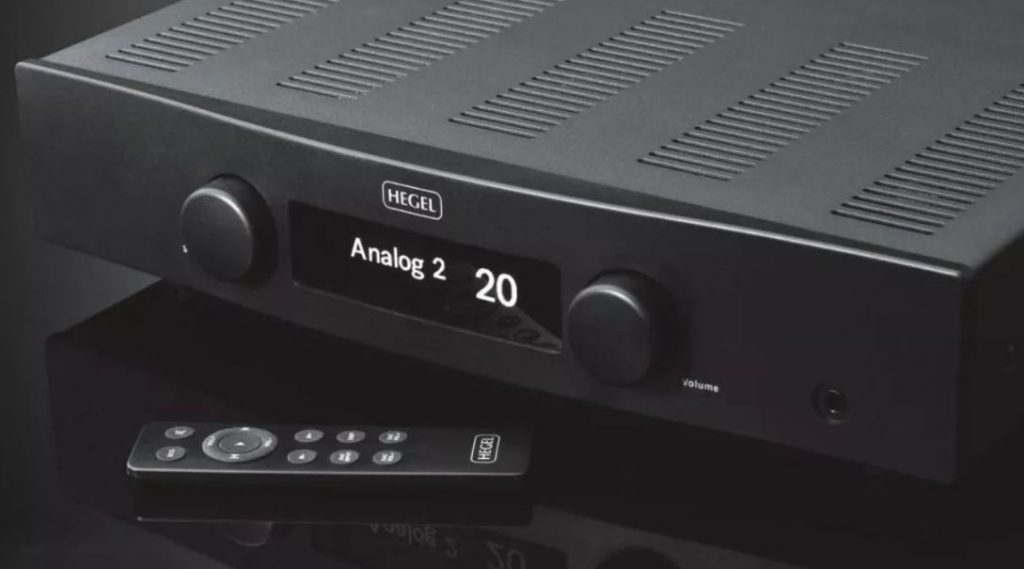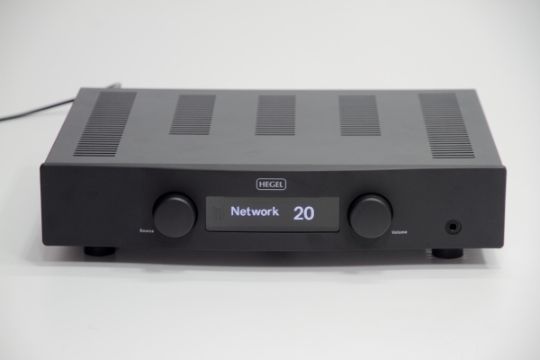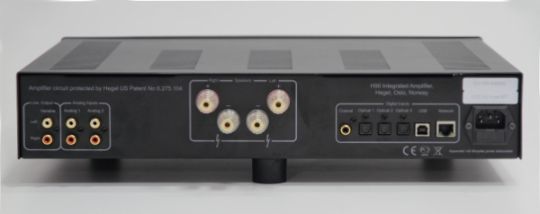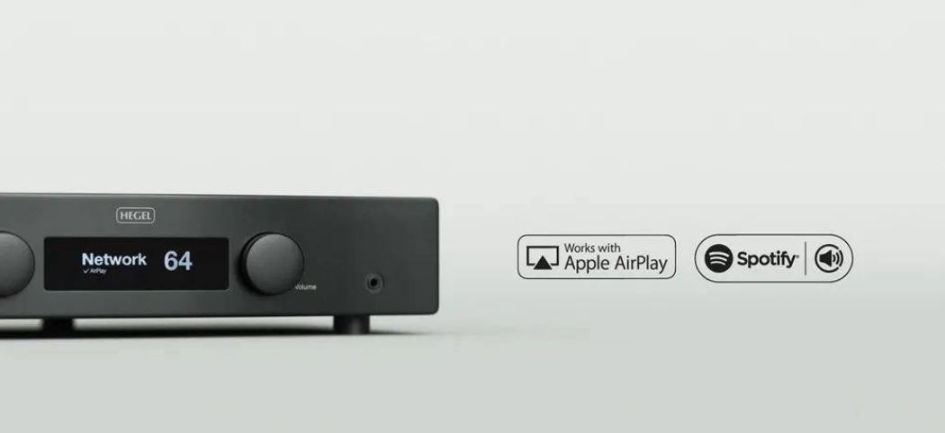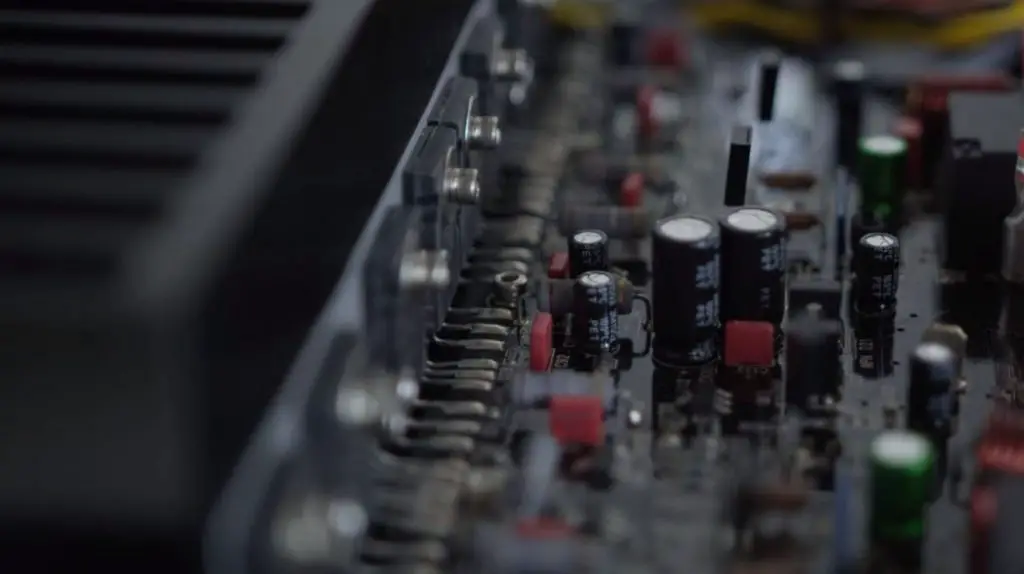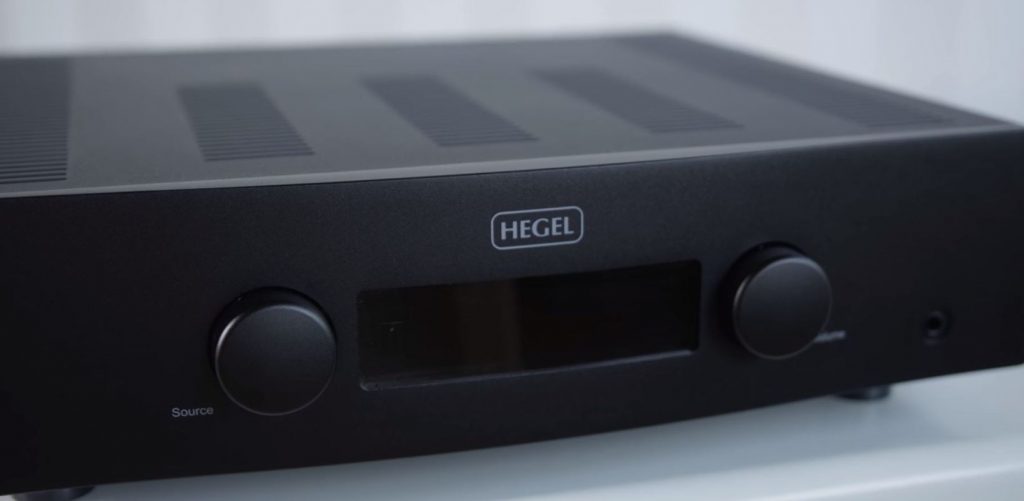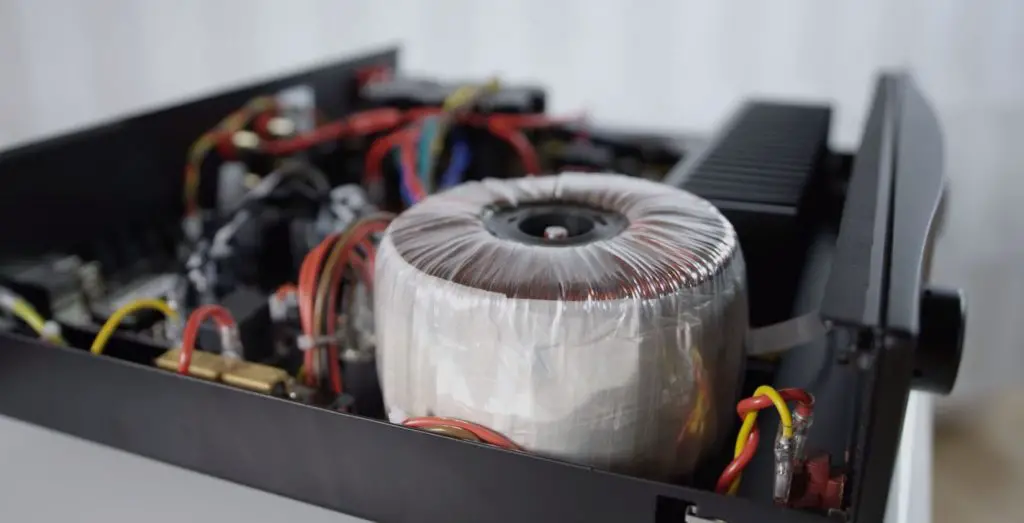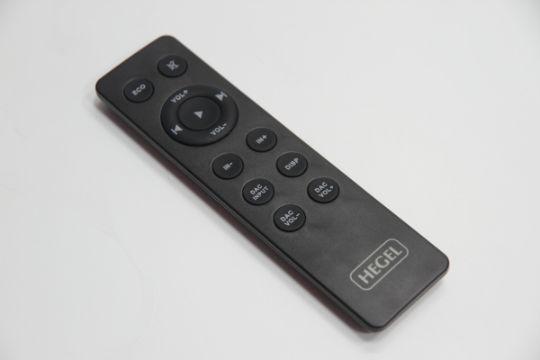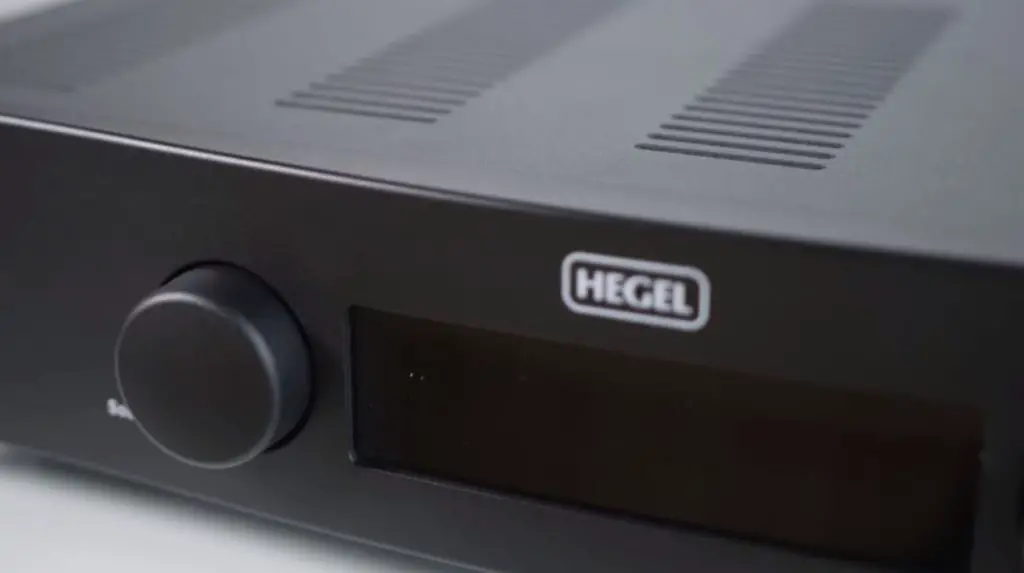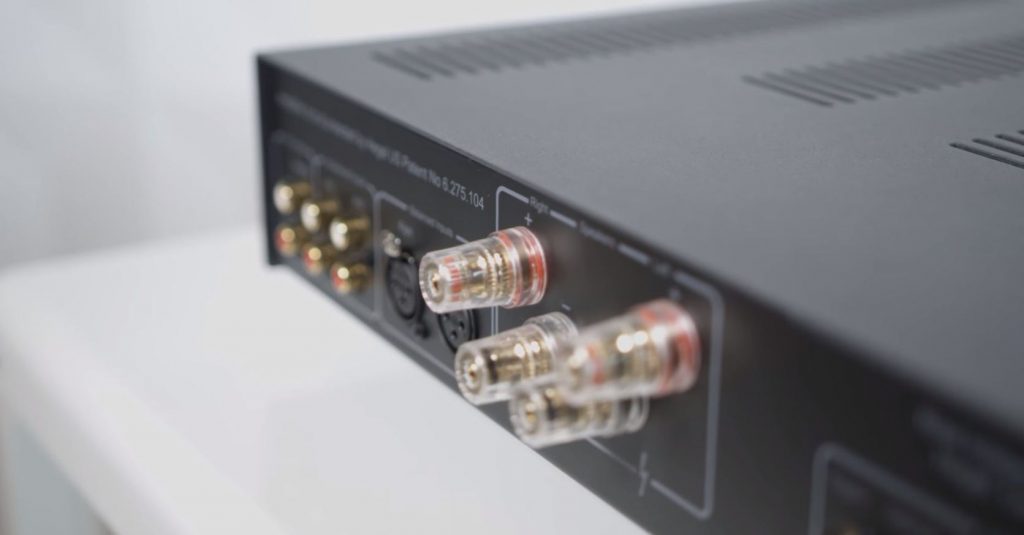Hegel H90 Review
The Hegel H90 integrated amplifier using the latest generation of SoundEngine II module has a more detailed, moist, and pure sound, bringing a kind of enjoyment. Moreover, the driving power and control of the H90 are still excellent, and it is no problem to drive many types of speakers.
Hegel from Norway has a profound brand influence in Europe, and audiophiles deeply love his low-key and straightforward product style. Their boss and leading designer, Bent Holter, is an engineer, but he is not well versed in commercial operations. So for a long time, brand management has always been limited to Norway.
Later, Anders Ertzeid, who has a long-time marketing talent, joined Hegel as a vice president, specializing in marketing, which greatly expanded overseas markets. That has allowed many regions outside of Norway to notice Hegel and making Hegel respected by the industry.
Hegel’s product lines have two pre-amplifiers, two power amplifiers, one DAC, and one CD player. However, they even launched five integrated amplifiers. The amplifier product lines alone account for almost half of the product line. That is rarely seen in the Hi-End audio field. Generally speaking, one series will come out of one, up to two models. But Hegel went from 60W to 300W. Why?
I think the answer is “pragmatism.” Hegel is a complete pragmatic brand. The product design is not fancy, simple but attractive. The chassis structure is solid and sturdy. From small equipment such as H90 to large H30 rear stage, the artistry is reassuring.
Because of being pragmatic, everything is convenient and practical. Who said that you must have the amplifier separate into the preamp and power amp to get the beautiful sound? The H590 amplifier is made into a dual-mono design, which is not worse than the separate model.
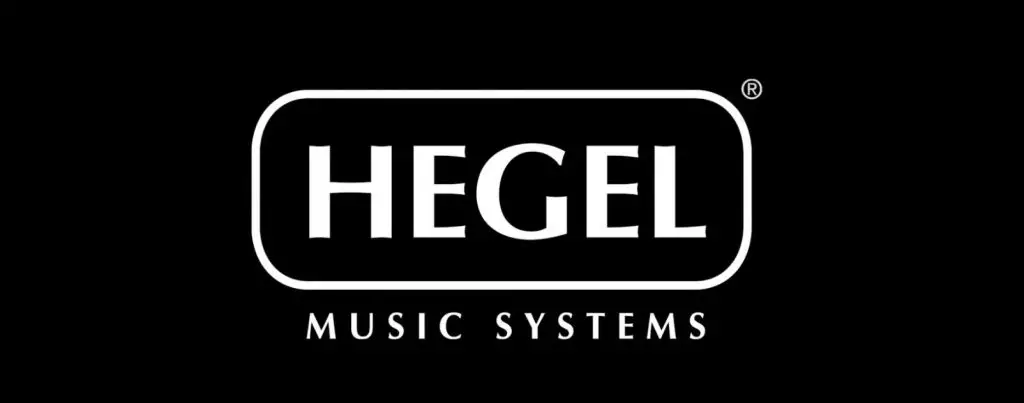
Hegel now always has a built-in digital-analog decoder and a music streaming function. The easiest way to use it is to add a pair of speakers for this integrated amplifier to become a music system. Simple, convenient, not occupying space, and highly practical. That is the sparkle of Hegel.
Therefore, if you like the minimalist aesthetics of Nordic design, if your home is mostly IKEA furniture, you will most likely agree with Hegel’s point of view on the design.
Design
H90 is Hegel’s most entry-level and cheapest amp. It also has a very similar amp, Röst, whose name is taken from a small Norwegian island located in the North Sea. It is not only a beautiful island, but its name also has a sound meaning.
The Hegel H90 is an integrated amplifier, and the sound is warm and very friendly. I don’t quite understand why Hegel launched Röst and H90 at the same time. The Röst amp has a power of 75W, only 15W more than the H90. The function is almost the same, and the technology is nearly the same.
the connection interface has an extra set of XLR balanced inputs. If you are an audio enthusiast like me, you will definitely be willing to pay more for Röst. However, Hegel offers H90, which is more amiable and easier to get started.
The Interfaces
There are two RCA analog inputs, and there is an RCA analog output, which can be used as the current stage of the H90 or be driven by a dual amplifier with other power stages.
For the digital input, H90 has one coaxial input and three optical inputs. These four S/PDIF digital inputs alone are enough to make the H90 the audio-visual center of the living room at home.
A USB type B input can be used to connect to a computer, NAS, etc. The most practical is, of course, the RJ45 interfaces, allowing the H90 to be connected to the local area network at home for streaming.
However, after the test, I feel a bit of pity. For an engineering-based audio company like Hegel, why doesn’t it have a dedicated App? If Hegel only has one or two machines with additional streaming functions, it is impossible to say that more than half of its products have streaming functions, and they have not written their App.
In addition, since Hegel is interested in music streaming, the company should thoughtfully consider cooperating with Roon. A Roon Ready Hegel Amp will have a very selling point. The absence of Roon makes me, a user who has long been accustomed to using Roon, have to use the UPnP software that has not been used for a long time, and it feels very uncomfortable.
Even with this flaw, Hegel’s streaming is still convenient. First of all, I am an iPhone user, and my computer is a MacBook. The H90 connected to the local network can support AirPlay. Therefore, even though it is not Roon Ready yet, I can still use my phone to play music at any time.
Roon also accepts AirPlay transmission, which can slightly make up for the flaw of not being compatible with Roon Ready. In terms of user experience, H90’s connection with AirPlay is relatively stable, and it has never encountered a stuttering situation. Moreover, Hegel seems to very much hope that users use streaming as much as possible. When the machine is turned on, the machine will directly enter the network input mode.
The Hegel H90 panel design is straightforward, with an OLED screen in the center and a circular knob on each side. On the left is the input signal switching, and on the right is the volume control. The overall feeling of this new design is much more detailed than the previous LCD. The turning of the volume knob feels good. When the source is switched, you will hear the clicking sound of the internal relay every time you turn.
There is also a 6.3mm headphone output on the right. Once the headphone is connected, the speaker output will automatically cut off. Pull out the headphone terminal, and the speaker output will automatically switch back. This headphone interface is convenient. I listen to all types of music with Sennheiser HD700. The rhythm of pop music, the scale of orchestral music, and the instrumental texture of chamber music all have a good performance.
Hegel designed the power switch at the bottom of the chassis, near the front left, and you can find it when you reach out and touch it. Some functions can be operated through the remote control. The RC10 remote control can not only control H90 but also control other Hegel preamps.
You can switch to energy-saving mode through the remote control, mute the machine, fast-forward to select songs, and control the external Hegel DAC. H90 also provides theater mode so that H90 can be combined with the existing home theater system, using H90 as a power stage.
Hegel H90 has 60W output per channel under 8 ohm load. What’s impressive is that Hegel has to maintain a high damping factor even with such a small amplifier. The higher the damping factor, the better the control of the amplifier to the speaker unit. Generally speaking, the damping factor of the tube amplifier is relatively low, while the transistor amplifier is relatively high. So what is the damping factor of Hegel H90? 2000.
Technology Features
Hegel H90 has several technical features. These technologies are found in the flagship and applied to the entry-level model H90. The first is SoundEngine technology.
The internal amplification of the amp is a step-by-step amplification. Every time the signal is amplified, there will be more or less distortion. It’s like passing a word between us people. After several passes, the words change their tone.
SoundEngine technology, acting as a local debugging system, can ensure that the signal maintains complete dynamics and minimal distortion from input to final output. In addition, another function of Sound Engine is to eliminate the crossover distortion that is likely to occur in Class AB amplifiers, especially in high-frequency ranges. The human ear is very sensitive to these distortions.
Therefore, Hegel does not use overall negative feedback but uses some local and adaptive feedback circuits to eliminate the distortion of each amplifying stage. Hegel also stated that the SoundEngine used on H90 and Röst is the second-generation technology with better results.
The second is DualAmp technology. Hegel completely separates voltage gain amplification from the current gain amplification. They pointed out that many amplifiers on the market put voltage gain and current gain on the same module. Hegel thinks it should be separated. In this way, the current amplifier stage will not have any feedback to affect the front-end voltage amplification, which can significantly reduce distortion.
Another is DualPower technology. Hegel’s amplifiers always separate the input signal stage and power supply module. In addition, high-speed rectifiers and large-capacity capacitors are used on the power supply circuit to ensure the quality of the power supply.
Another unique feature of Hegel’s design is the synchronous digital-to-analog conversion. As a result, more and more DACs advertise asynchronous transmission modes, and the market gradually believes that asynchronous transmission can reduce the impact of phase errors.
Hegel holds the completely opposite view. They believe that synchronous transmission will cause more time-based phase errors. Unfortunately, it took them a lot of time to develop this balanced signal processing technology, using Direct Master Clock to eliminate time base errors.
Sound Performance
On the whole, Hegel H90’s voice has a good sense of life. The music sounds relatively smooth and natural, with a balanced temperament. As a result, the music sounds comfortable, and you can listen to it forever.
A cheap amplifier is most afraid of deliberately making a lively tone with high resolution and multiple details to please the audience’s ears at the first time. As a result, this kind of sound is often intolerable. If you listen more, you will find that the sound will be noisy. H90 does not have such problems.
Moreover, Hegel H90 does not deliberately make the sound warm and thick to avoid noise. On the contrary, I think its sound is very lively, clear, and with a pleasant sense of brightness. This kind of tonality does not even have ear-scraping noise, which is quite difficult for an integrated amplifier. The performance of the H90 in this regard is what I admire most.
I am also surprised that this small 60W multi-amplifier can have such a wide sound field. Of course, it is not the largest, but its sound field is more open than its external size brings people’s imagination. For example, listening to the recording of the Eivor live concert on the third track of Dali CD4, the sound field is quite open, and the bass drum is beaten powerfully and deeply.
The percussion music, one after another, pulled out the dimension of the stage, and the drum sound was solid and transparent. The detailed information of the vocals is sufficient, which makes this live recording very lively. In addition, the slightly forward-leaning sound field makes live performances more powerful.
Another example is “Misa Criolla” on track 7. The drum sound on the left has a perfect texture. The drums carry weight and are a little dull. It is a mood and an expression. A small choir is paired with a male lead singer. The excellent thickness of the lead singer’s voice is the key to whether the vocal sounds touching or not. The vocal performance of the H90 is outstanding.
Putting on the classical music of the small organization, H90 makes the musical instruments on the stage distinct. For example, the Beethoven piano trio played by Ashkenazy, Perlman, and Harrell, H90 faithfully presents the texture of each instrument, blending and harmoniously, showing a high degree of musicality. All these excellent performances due to that Hegel advertised many of the exclusive technologies earlier I talked about, and several of them emphasized distortion reduction.
If the distortion is low, the sound will be pleasing to hear. Not because it makes the sound thick and warm and sweet, that is sound dyeing. If you listen too much, you will get tired. If you listen too much, you will not distinguish the sound of a real instrument. Hegel emphasized that their amplifiers strive for organic sound. Let the sound be as it should be. When listening to chamber music, naturally, the beauty of music can be revealed.
Conclusion
The appearance of Hegel H90 looks low-key and straightforward, but the sound is lively and cheerful. Turning on the loud volume can also be a bit of an energetic vibe. Multiple digital inputs provide a high degree of convenience. The compact size is placed in the living room and harmoniously.
Paired with speakers at a comparable price point is a system that allows people to enjoy music happily. For demanding users, Hegel also has a more powerful model to choose from. For consumers who want to listen to music but don’t want to spend a lot of money, H90 is a shortcut to the music garden.
Hegel H90 Specifications
- Power output: 2 x 60 W into 8 Ω
- Minimum load: 2 Ω
- Analog Inputs: 2 x unbalanced (RCA)
- Digital Inputs: 1 x coaxial (RCA), 3 x optical, 1 x USB, 1 x Network
- Line level Output: 1 x unbalanced variable (RCA)
- Frequency response: 5 Hz – 100 kHz
- Signal-to-noise ratio: More than 100 dB
- Crosstalk: Less than -100 dB
- Distortion: Less than 0.01% @ 50 W/8 Ω/1 kHz
- Intermodulation: Less than 0.01% (19 kHz + 20 kHz)
- Damping factor: More than 2000 (main power output stage)
- Dimensions incl feet: 10 cm x 43 cm x 31 cm (HxWxD), 11 kg shipping weight
- Dimensions (US): 3.93″ x 16.93″ x 12.20″ (HxWxD), 26.46 lbs shipping weight
- Finish: Black
